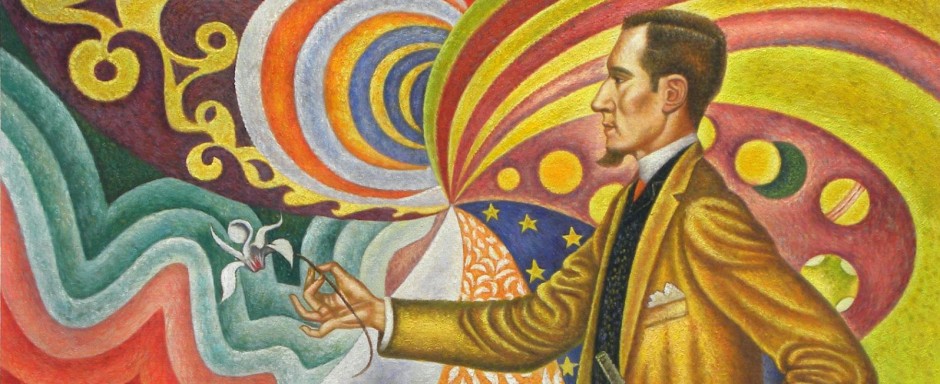Everybody’s Welcum 2 The Hooley!
Everybody’s welcome to the hooley!
Everybody’s welcome to the hooley!
As long as you ain’t ructious or unruly,
‘Cos Everybody’s welcome to the hooley!
Ye eejits from white power, you can take a golden shower,
If you’re gonna come here spoutin’ all yer crap…
– ‘though we fly our colours, it’s no stick to beat no others,
Let’s make it clear we’re just here for the craic (fact: so no-one gets attacked!)
Everybody’s welcome to the hooley!
Everybody’s welcome to the hooley!
As long as you ain’t ructious or unruly,
‘Cos Everybody’s welcome to the hooley!
I think you are mistaken when you see our flags we’re wavin’,
You think we’re sayin’ somethin’ that we’re not:
After years of being oppressed, we’re just proud we can express
What we are, and not confused with what we’re not (& you bet yer life we’re not!)
Everybody’s welcome to the hooley!, etc.
All those people back at home now, who didn’t really roam now,
And are giving xenophobia a go…
– We’re the very last nation that can begrudge immigration,
So shut up to feck – ya make a holy show! (of all of us- with all your stupid fuss!)
So! Every body’s welcome to the hooley!, etc.
(Just repeat until everyone, kinda like, gets the general idea, y’know…)
[Wave of balaclava: Viola.]
:: NECK ::
:: THE WOLFE TONES ::
FRIDAY, JANUARY 22, 2010
Melbourne, Australia
@ The Forum Theatre
:: DEAD PREZ ::
MONDAY, JANUARY 25, 2010
Melbourne, Australia
@ The Espy
ALSO
Dutch theatre bans Russian nazi musicians
Radio Netherlands
January 5, 2010
Exclusive: Neo-Nazis launch web plot to attack Republican march in Glasgow
Stephen Stewart
Sunday Mail
January 10, 2010
See also : Cairde na hÉireann.
Campaigners ask capital’s pubs to ban far-right group
Jasper Hamill
The Herald
January 10, 2010
Edinburgh Anti-Fascist Alliance
The racist thugs of the “Scottish” Defence League are planning to march in Edinburgh on the 20th of February.
Their attempt to march in Glasgow in November failed miserably when about 50 of them had to be bused out of town by police for their own safety, after they were confronted by hundreds of antifascists.
Edinburgh Anti-Fascist Alliance has been formed to unite and coordinate the activity of all those who want to make sure that the fascists will get the same welcome in our city too.
See also : antifa notes (november 16, 2009) | [Don’t] Boycott the Birmingham | Hold Fast Body Art : “It’s (neo-Nazi) shit!”.
Bonus!
Added Bonus!
See also : Stop the Racist NT Intervention, Saturday, February 13, 2010, 2–5:00pm, MAYSAR, Gertrude Street, Fitzroy | International Justice for TJ Day, Memorial & Speak Out, Sunday, February 14, 2010, 10:15am. Assemble on the steps of the Fitzroy Town Hall, Napier Street, Fitzroy, then march on the Fitzroy Police station. Justice for TJ, Mulrunji, Mr Ward and all who have died at the hands of the racist state. Demand that the Redfern police are held to account. Immediately cease the practice of police investigating police misconduct. Implement the recommendations of the Royal Commission into Aboriginal deaths in Custody in full. Build the on-going struggle to stop Aboriginal deaths in custody. We will not forget! As Gail Hickey says: “Until we have justice, there can be no peace.” Organised by Indigenous Social Justice Association — Melbourne | December 20, 2008 : International Day of Action Against Murder by the State (Melbourne) | Free Lex Wotton Rally : Melbourne, Friday, November 7 (2008) | Lex Wotton on Trial (October 9, 2008) | 4 Corners : Lethal Force (October 26, 2009) | Copwatch Australia | National Indigenous Times.
Extra Added Bonus!
OBLIGATORY DEATH METAL ROOSTER VIDEO!
[One serve lemon mock-chicken: L.]

Might have to give up the VB and switch to Guinness –
Australian Tour Commences Tomorrow – January 16th!
The Biggest Irish Party ‘Down Under’ Ever!
We’re currently in Australia getting ready for our first Australian show since 1987! Having arrived earlier this week, the anticipation is growing as the first show in the Hordern Pavillion in Sydney gets under way tomorrow night, January 16th!
Thousands of you have already snapped up your tickets for Sydney, Melbourne, Brisbane, Adelaide and Perth, so together we plan to make these shows the greatest Irish party ever in Australia! We will raise the roof with the many classic songs and ballads which have been the hallmark of our now 45 year career – On The One Road, Celtic Symphony, Irish Eyes, Sean South, My Heart is in Ireland, Let The People Sing, A Nation Once Again plus many, many more, as well as some newly introduced songs which you may not have heard before.
So come along and be part of five memorable events, we promise that you are in for something very special!
Please see full tour details below. We look forward to partying with our many friends and fans in Australia! On the way home, we stop off in Bahrain for another historic show with the Bahrain Irish!
Slainte,
The Wolfies.
When Where Details
Sat 16th January Hordern Pavillion, Sydney
Fri 22nd January Forum Theatre, Melbourne
Sat 23rd January The Tivoli, Brisbane
Tues 26th January (Australia Day) The Governor Hindmarsh, Adelaide
Fri 29th January Burswood Theatre, Perth
Yeah.
$80 for a ticket means that this Fenian bastard won’t be going.
FYI Andy: